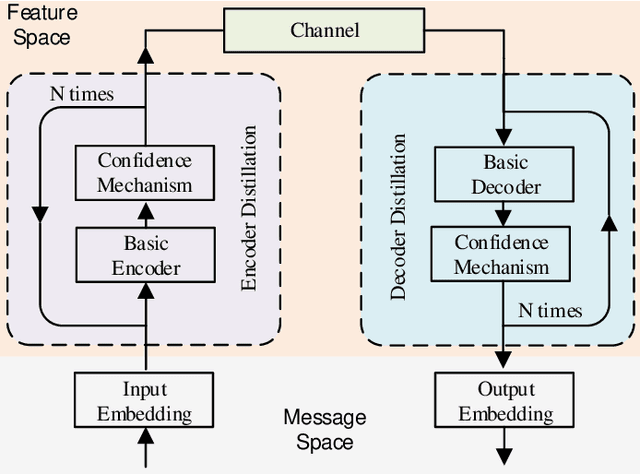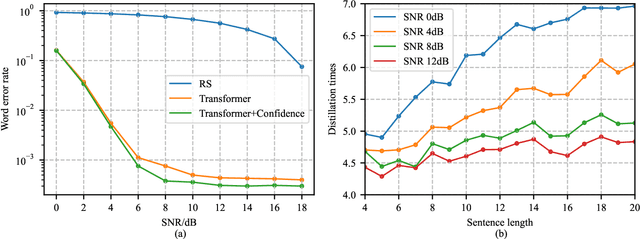Qingyang Zhou
Causally Consistent Normalizing Flow
Dec 16, 2024



Abstract:Causal inconsistency arises when the underlying causal graphs captured by generative models like \textit{Normalizing Flows} (NFs) are inconsistent with those specified in causal models like \textit{Struct Causal Models} (SCMs). This inconsistency can cause unwanted issues including the unfairness problem. Prior works to achieve causal consistency inevitably compromise the expressiveness of their models by disallowing hidden layers. In this work, we introduce a new approach: \textbf{C}ausally \textbf{C}onsistent \textbf{N}ormalizing \textbf{F}low (CCNF). To the best of our knowledge, CCNF is the first causally consistent generative model that can approximate any distribution with multiple layers. CCNF relies on two novel constructs: a sequential representation of SCMs and partial causal transformations. These constructs allow CCNF to inherently maintain causal consistency without sacrificing expressiveness. CCNF can handle all forms of causal inference tasks, including interventions and counterfactuals. Through experiments, we show that CCNF outperforms current approaches in causal inference. We also empirically validate the practical utility of CCNF by applying it to real-world datasets and show how CCNF addresses challenges like unfairness effectively.
gpcgc: a green point cloud geometry coding method
Feb 13, 2023



Abstract:A low-complexity point cloud compression method called the Green Point Cloud Geometry Codec (GPCGC), is proposed to encode the 3D spatial coordinates of static point clouds efficiently. GPCGC consists of two modules. In the first module, point coordinates of input point clouds are hierarchically organized into an octree structure. Points at each leaf node are projected along one of three axes to yield image maps. In the second module, the occupancy map is clustered into 9 modes while the depth map is coded by a low-complexity high-efficiency image codec, called the green image codec (GIC). GIC is a multi-resolution codec based on vector quantization (VQ). Its complexity is significantly lower than HEVC-Intra. Furthermore, the rate-distortion optimization (RDO) technique is used to select the optimal coding parameters. GPCGC is a progressive codec, and it offers a coding performance competitive with MPEG's V-PCC and G-PCC standards at significantly lower complexity.
PCRP: Unsupervised Point Cloud Object Retrieval and Pose Estimation
Feb 16, 2022



Abstract:An unsupervised point cloud object retrieval and pose estimation method, called PCRP, is proposed in this work. It is assumed that there exists a gallery point cloud set that contains point cloud objects with given pose orientation information. PCRP attempts to register the unknown point cloud object with those in the gallery set so as to achieve content-based object retrieval and pose estimation jointly, where the point cloud registration task is built upon an enhanced version of the unsupervised R-PointHop method. Experiments on the ModelNet40 dataset demonstrate the superior performance of PCRP in comparison with traditional and learning based methods.
Rethinking Modern Communication from Semantic Coding to Semantic Communication
Oct 16, 2021



Abstract:Modern communications are usually designed to pursue a higher bit-level precision and fewer bits required to transmit a message. This article rethinks these two major features and introduces the concept and advantage of semantics that characterizes a new kind of semantics-aware communication mechanism, incorporating both the semantic encoding and the semantic communication problem. Within the unified framework, we analyze the underlying defects of existing semantics-aware techniques and establish a confidence-based distillation mechanism for the joint semantics-noise coding (JSNC) problem, and a reinforcement learning (RL)-powered semantic communication paradigm that endows a system the ability to convey the semantics instead of pursuing the bit level accuracy. On top of these technical contributions, this work provides a new insight to understand how the semantics are processed and represented in a semantics-aware coding and communication system, and verifies the significant benefits of doing so.
Semantic Communication with Adaptive Universal Transformer
Aug 27, 2021



Abstract:With the development of deep learning (DL), natural language processing (NLP) makes it possible for us to analyze and understand a large amount of language texts. Accordingly, we can achieve a semantic communication in terms of joint semantic source and channel coding over a noisy channel with the help of NLP. However, the existing method to realize this goal is to use a fixed transformer of NLP while ignoring the difference of semantic information contained in each sentence. To solve this problem, we propose a new semantic communication system based on Universal Transformer. Compared with the traditional transformer, an adaptive circulation mechanism is introduced in the Universal Transformer. Through the introduction of the circulation mechanism, the new semantic communication system can be more flexible to transmit sentences with different semantic information, and achieve better end-to-end performance under various channel conditions.
 Add to Chrome
Add to Chrome Add to Firefox
Add to Firefox Add to Edge
Add to Edge